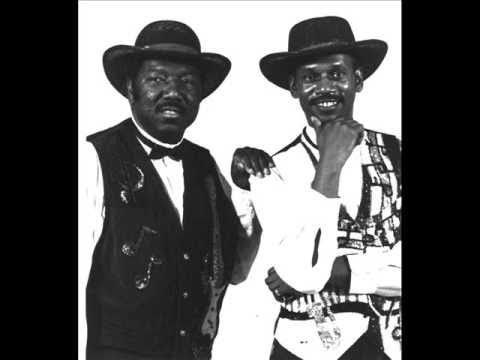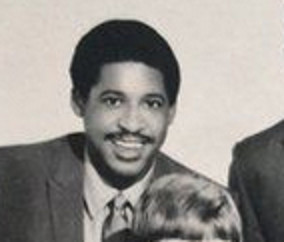THE AMEN BREAK – 6 Seconds That Made History
The rhythm that defined generations echoing through decades of music. The drum break of legends


Origins: The Winstons and Amen Brother – The Story Of Amen BREAK HISTORY
The Amen Break was born in 1969, nestled within the B-side of The Winstons’ track “Amen, Brother”, a funk-driven instrumental. The Winstons, led by Richard L. Spencer, were a Washington, D.C.-based band blending soul, gospel, and funk influences. Though the song itself was a modest follow-up to their Grammy-winning single “Color Him Father”, it would unknowingly make music history through its drum solo.
The break, played by drummer Gregory C. Coleman, lasts just six seconds but captures raw energy and a natural groove that made it a standout moment. The organic imperfections, such as slight timing variances and dynamic variations, imbued the rhythm with a human quality that later became central to its appeal.
The Recording Process
The recording of “Amen, Brother” took place in a relatively straightforward studio setup typical of the late 1960s. Limited by the analog equipment of the era, the band relied on a single take to capture Coleman’s improvisational drum solo. The simplicity of the production process inadvertently contributed to the break’s character—its warm tones, tape saturation, and minimal processing became a hallmark of its enduring appeal.
1Forgotten Legacy
Despite the break’s future fame, neither The Winstons nor Coleman saw financial benefits from its widespread use. The track slipped into obscurity after its release, and Coleman, who later fell on hard times, remained unaware of the revolutionary impact his drumming would have. This lack of recognition and compensation sparked later debates around the ethics of sampling and artist royalties.
THE AMEN BREAK SAMPLE – Rediscovery Through Sampling
The Amen Break resurfaced in the late 1970s and early 1980s during the rise of hip-hop in the Bronx. This period marked the beginning of a sampling revolution that would redefine music production.

Transition To Old School Breakbeat Hardcore
AMEN DRUM & BASS: REFINEMENT OF THE BREAK
By the mid-1990s, jungle evolved into drum and bass, a genre that retained the Amen Break’s influence while introducing a more polished production aesthetic.
Drum and bass refined the chaotic energy of jungle, balancing intricate drum patterns with atmospheric soundscapes and cutting-edge production techniques.
High-Precision Chopping
Drum and bass producers used advanced samplers and DAWs to push the chopping and layering of the Amen Break to new heights. They manipulated the break with surgical precision, isolating individual hits and applying effects to create futuristic rhythms.
Subgenre Adaptations
The Amen Break remained versatile, adapting to drum and bass subgenres like liquid funk, neurofunk, jump up and techstep. Each style leveraged the break’s unique qualities, from its warm tonal balance to its sharp transient response.
AMEN BROTHER BEAT – A TIMELESS GROOVE
The Amen Break is the best example of the power of rhythm and creativity. From its humble origins to its enduring influence, it has shaped the evolution of modern music, transcending genres and generations. Its journey reflects not just the story of a drum break, but the spirit of music itself—a timeless groove that connects us all.